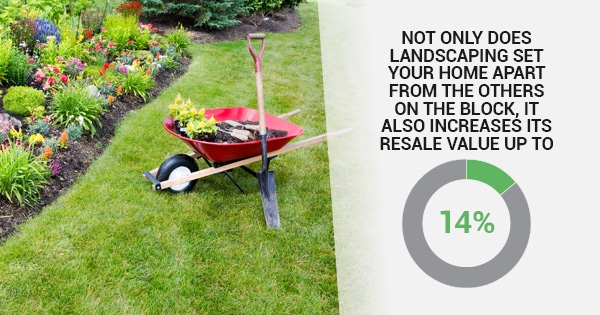DIY Landscaping: What To Do First And What Tools You Should Be Using
Nothing brings your yard to the next level more than landscaping. Not only does it set your home apart from the others on the block, it also increases its resale value up to 14%. And what’s more: you don’t necessarily have to pay a landscaper to do the job for you. You can easily do it yourself with the right tips and the right supplies.
Begin with hardscaping
Before you even think of touching your plants, it’s important that you first get the hardscaping part of your exterior re-design out of the way. Even if use rockery rocks to border the outside of your garden, your plants and turf can still be impacted by construction work. Therefore, it’s important that you work on the plants and garden only after you’ve finished construction work on the following hardscaping projects:
- Sidewalks
- Driveways
- Porches
- Fences
- Patios
- Decks
Using the right types of topsoil
Once you’ve finished your hardscaping projects, you can now commence with your gardening and making your yard look fresh and colorful. One of the first things to ask yourself before you begin to make a gorgeous landscaping design is: “what kind of topsoil do I need for my garden?”
With topsoil, it’s important that it contains organic matter such as compost or peat moss. This makes it more fertile for your plants. Potting soil can actually make your garden less likely to bloom because the dirt can become compact and won’t be loose enough to encourage growth.
What can I use gravel for in my garden?
It’s important that you do not use drainage gravel at the bottom of your garden or potted plants. What is drainage gravel you ask? Drainage gravel is a type of gravel rock that is used as a base surface to allow for water to filter through. Because of this, many gardeners believe they should use this type of gravel in their potted plants in order to increase drainage. However, this isn’t true. It’s actually better to use organic soil in your potted plants.
Use drainage gravel outside of your potted plants instead for a more effective gardening method. By placing gravel around the drainage tray of the plant, you can help the plant hold the water while simultaneously keeping the roots of the plant out of any additional moisture that may result in root rot or molding.
DIY landscaping can give your yard a wonderful new look without the amount of money you would otherwise spend on a designer. By purchasing your own tools, gravel, soil, and wood, you can turn your yard into a getaway in the span of a single project.

